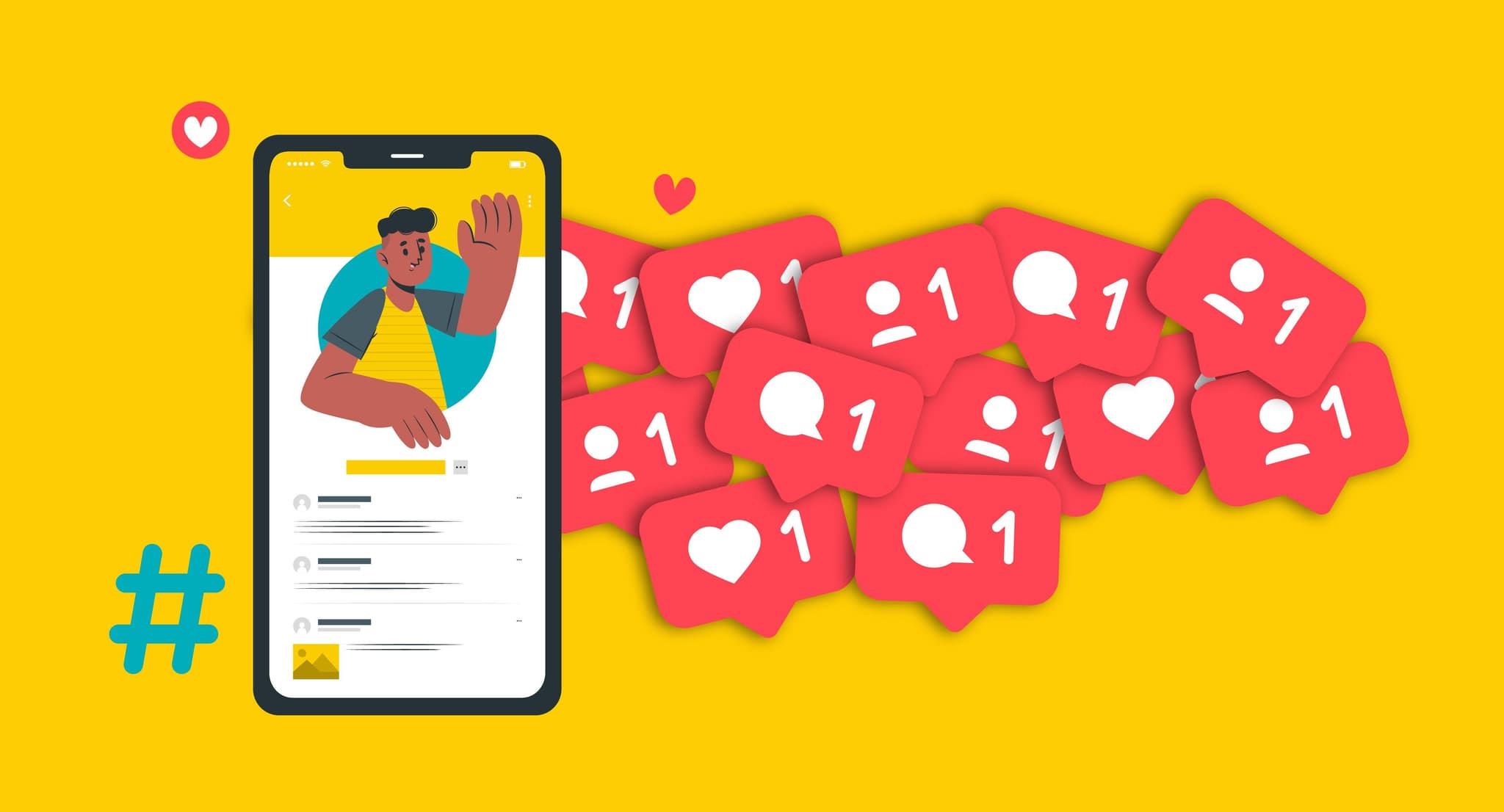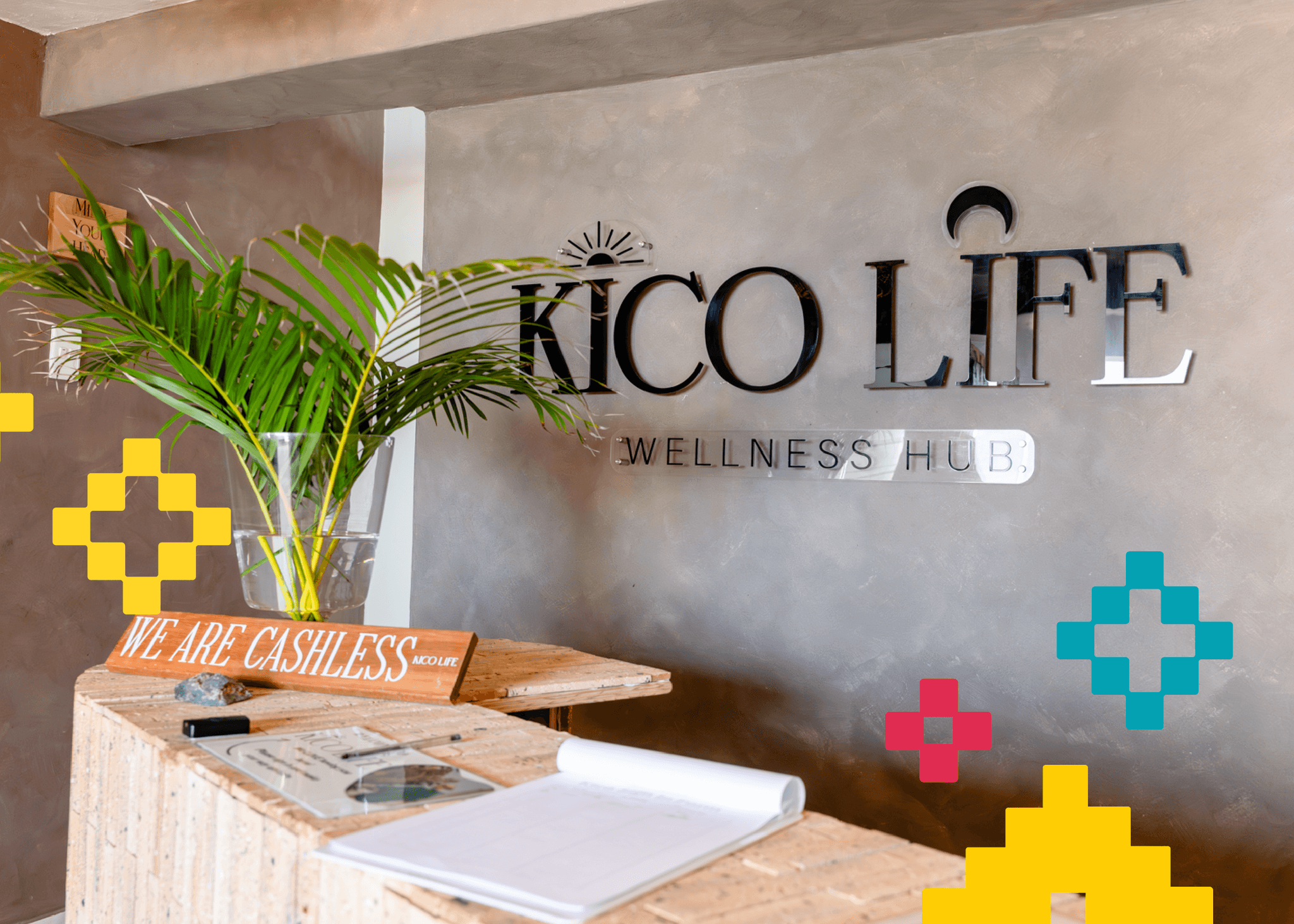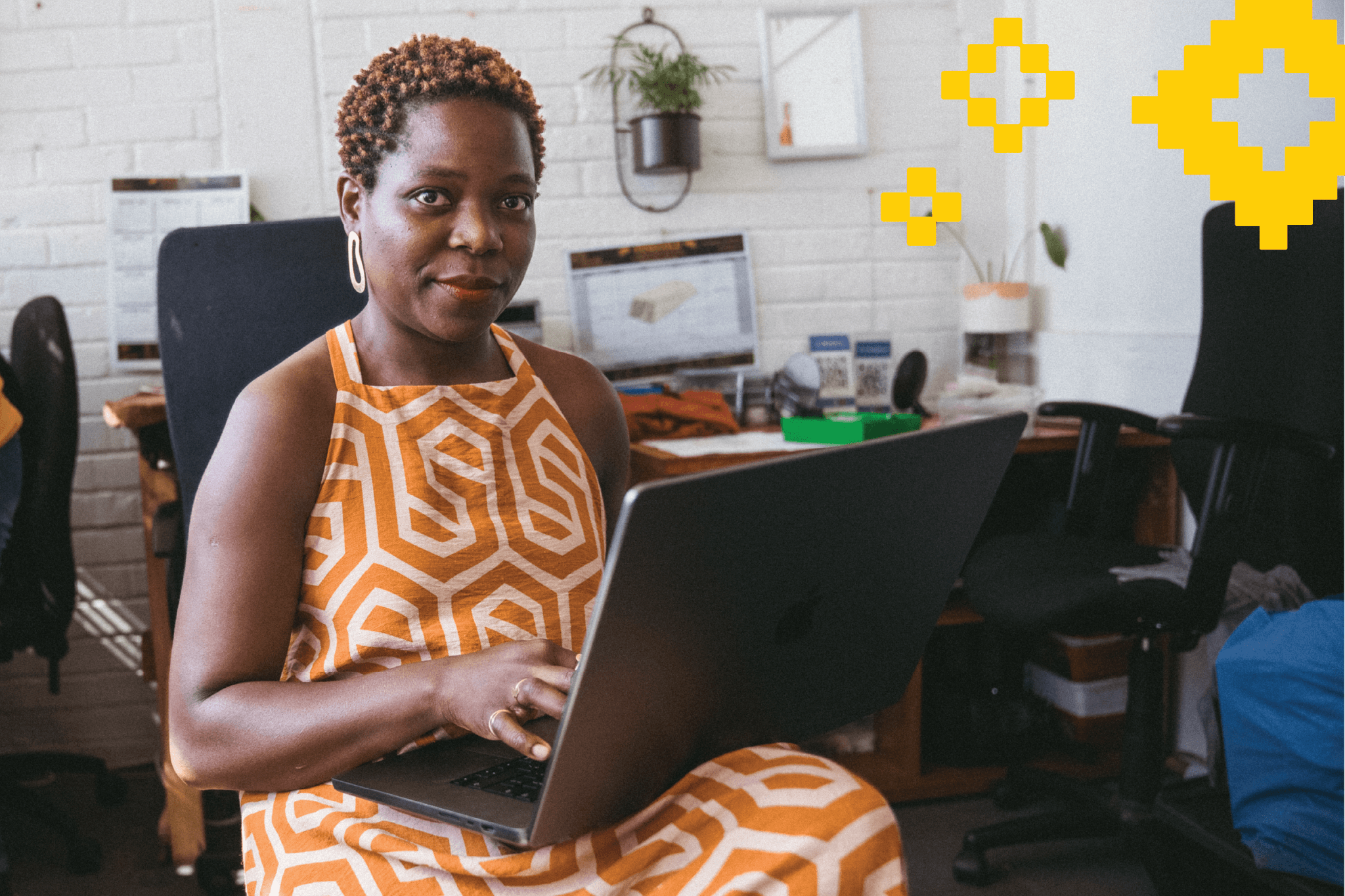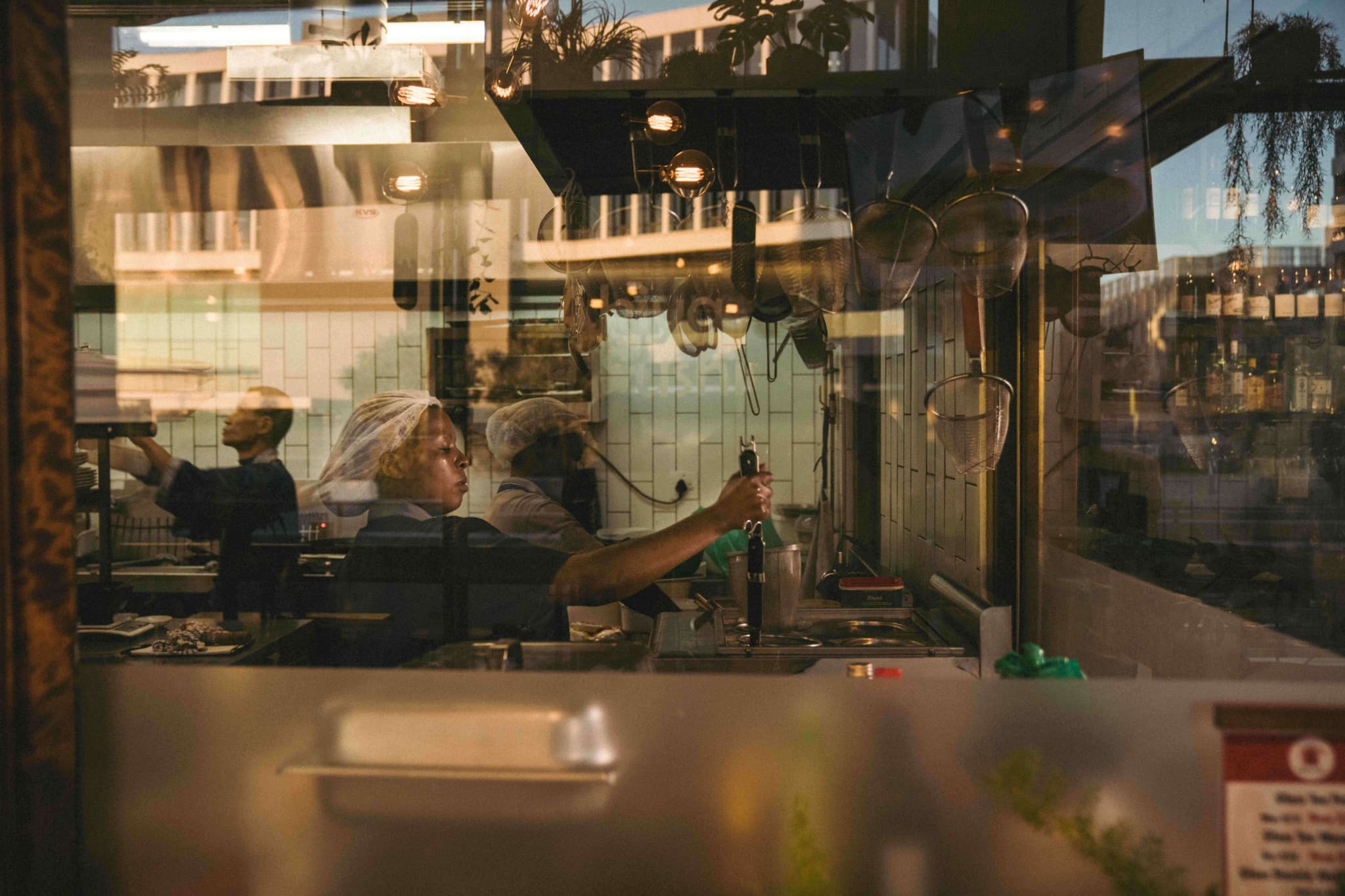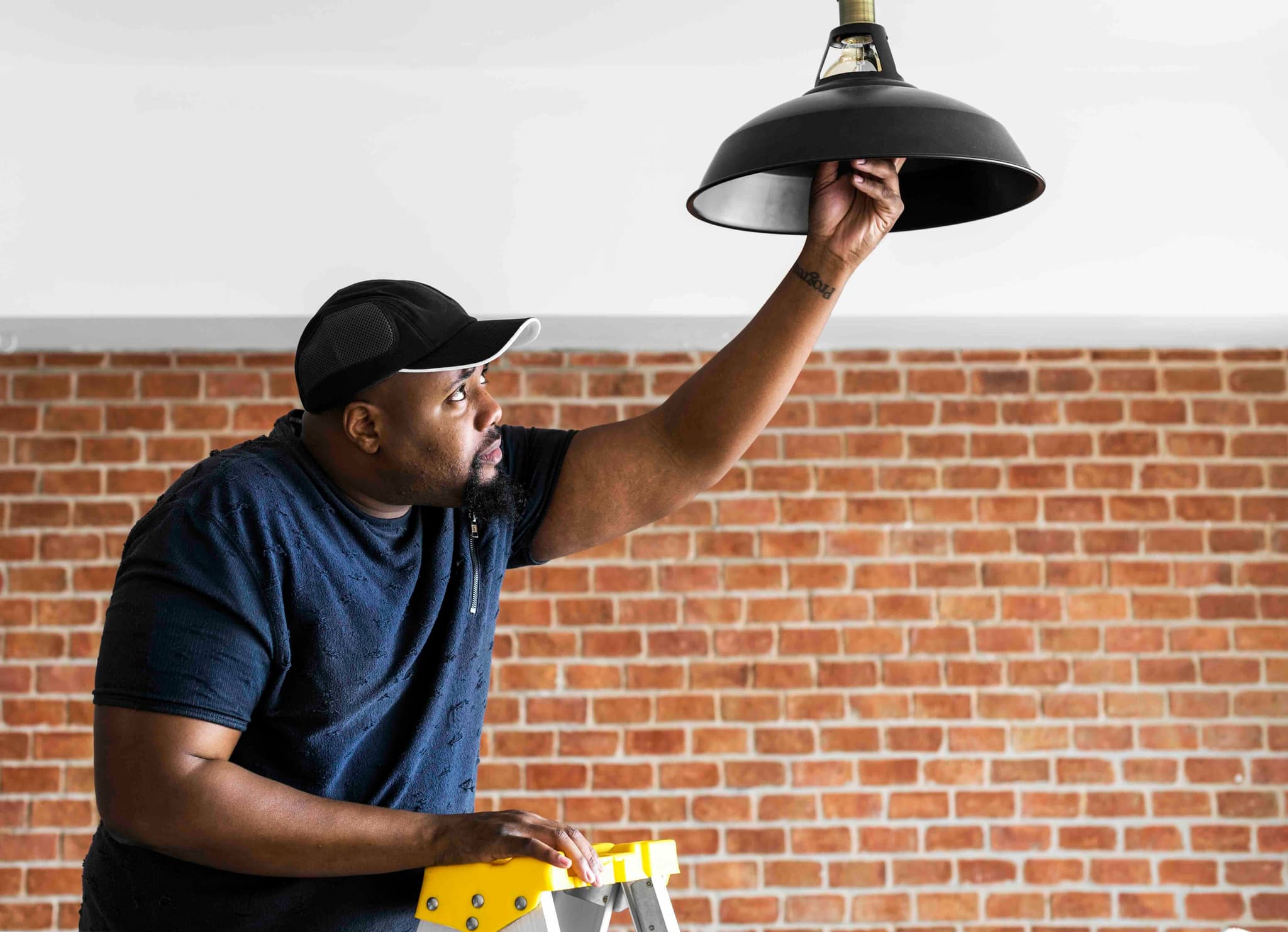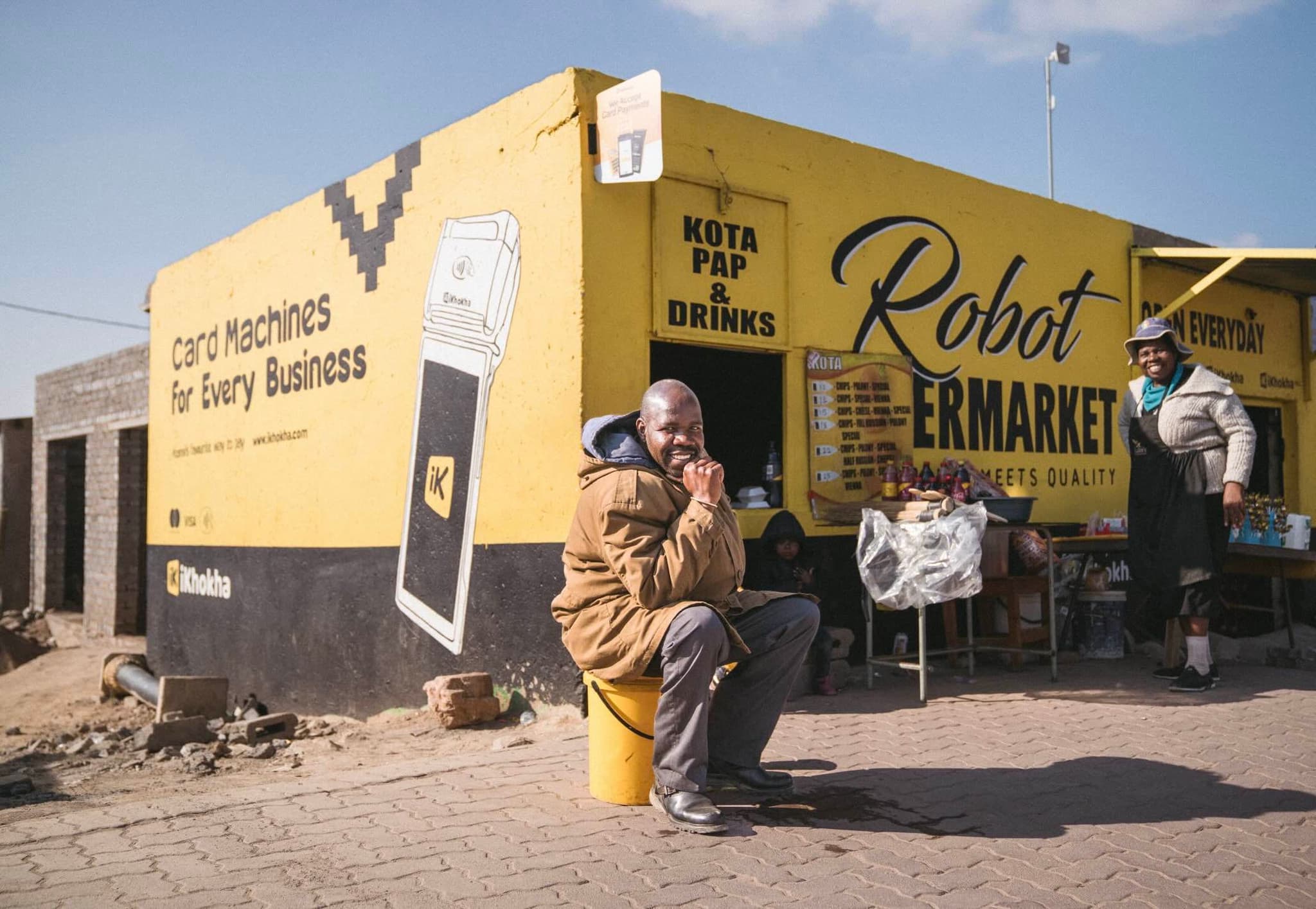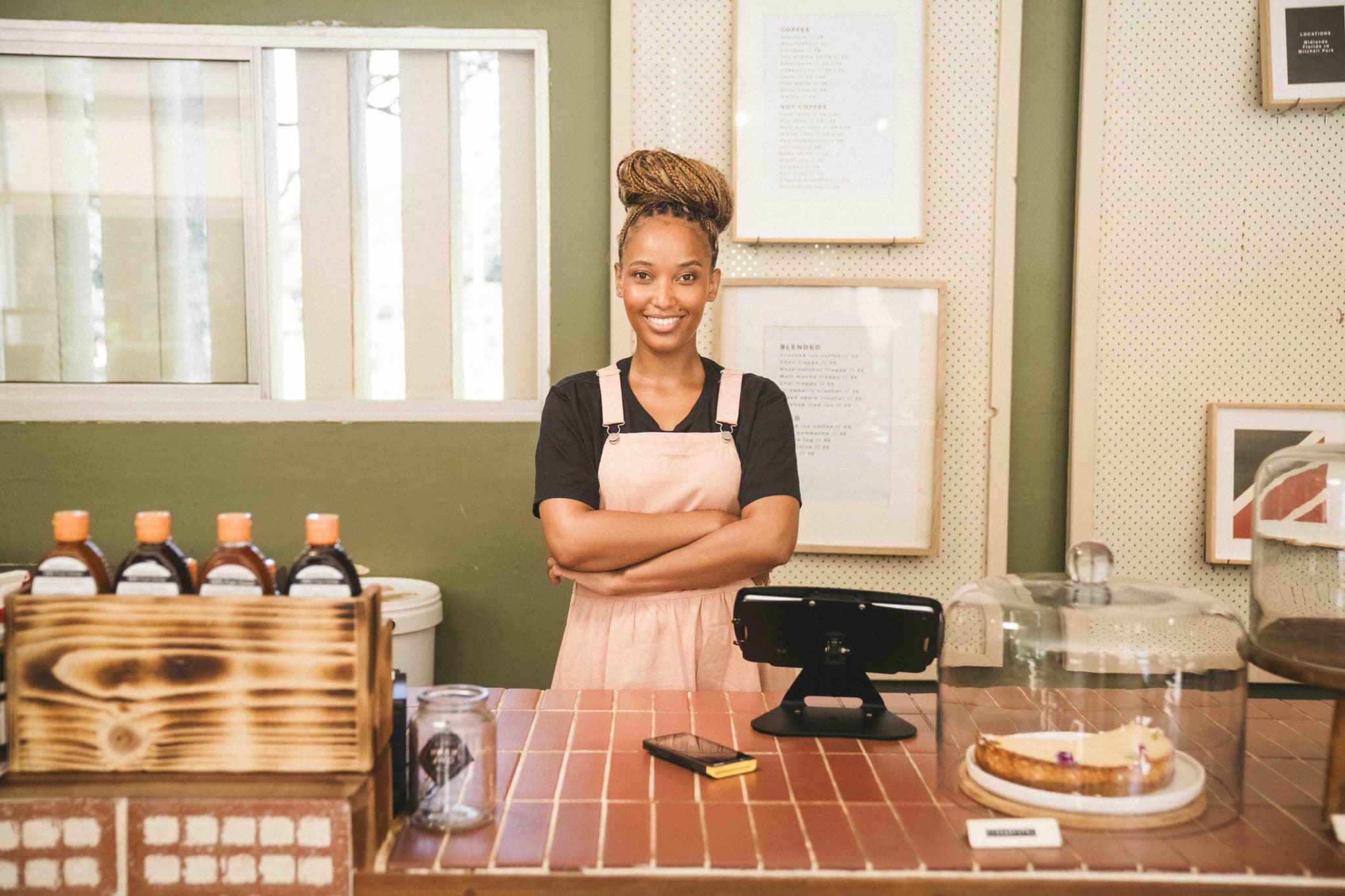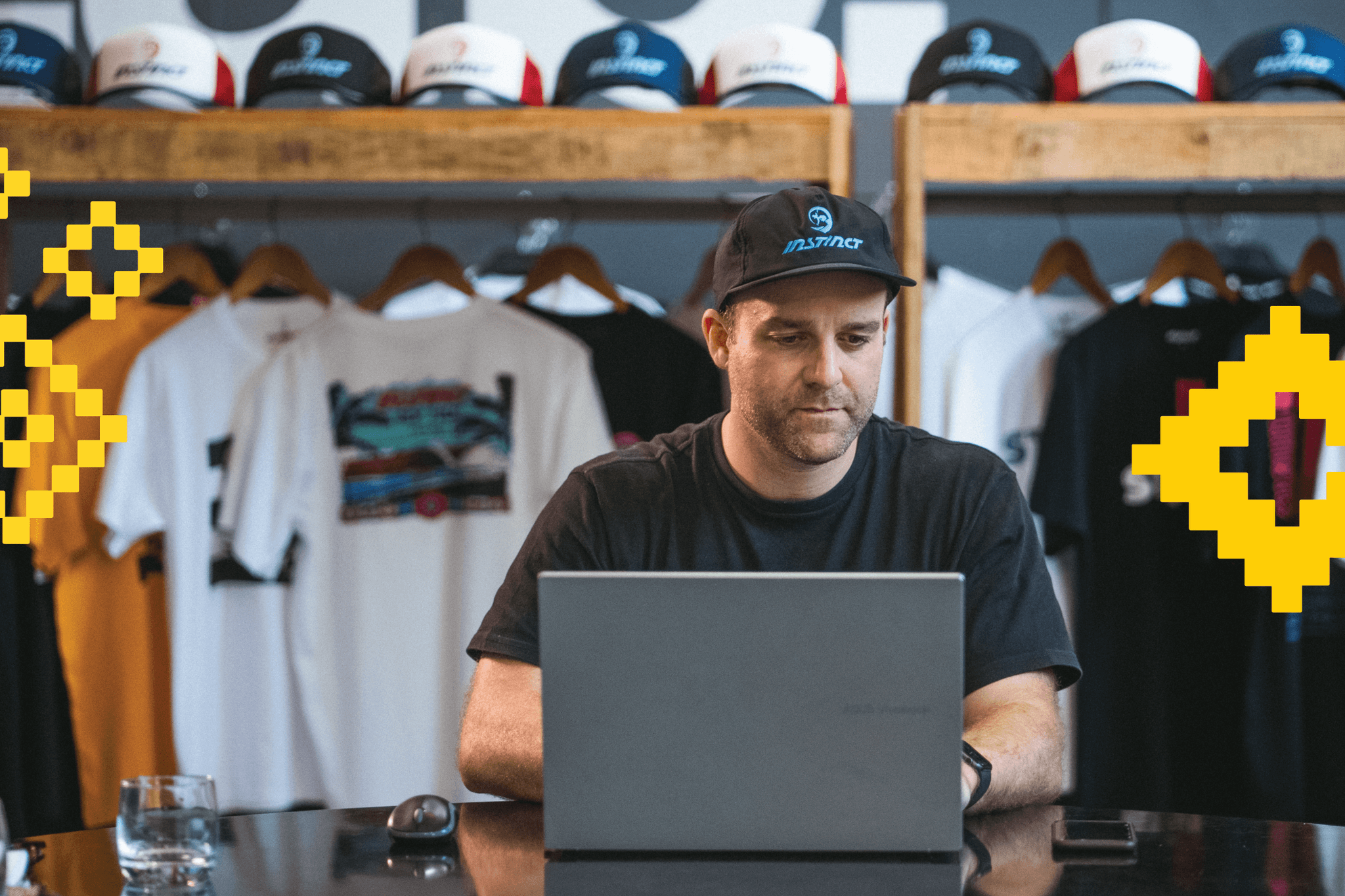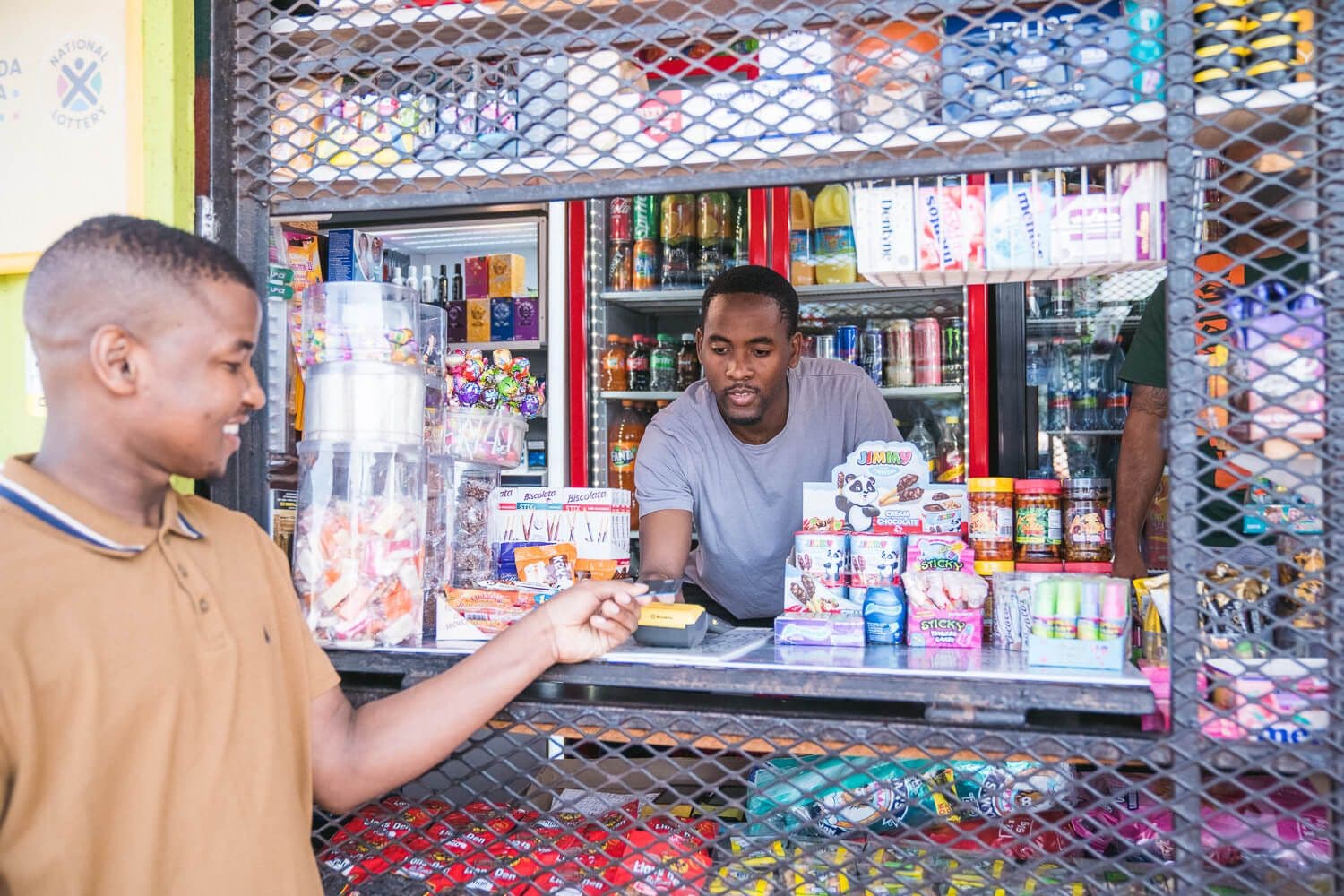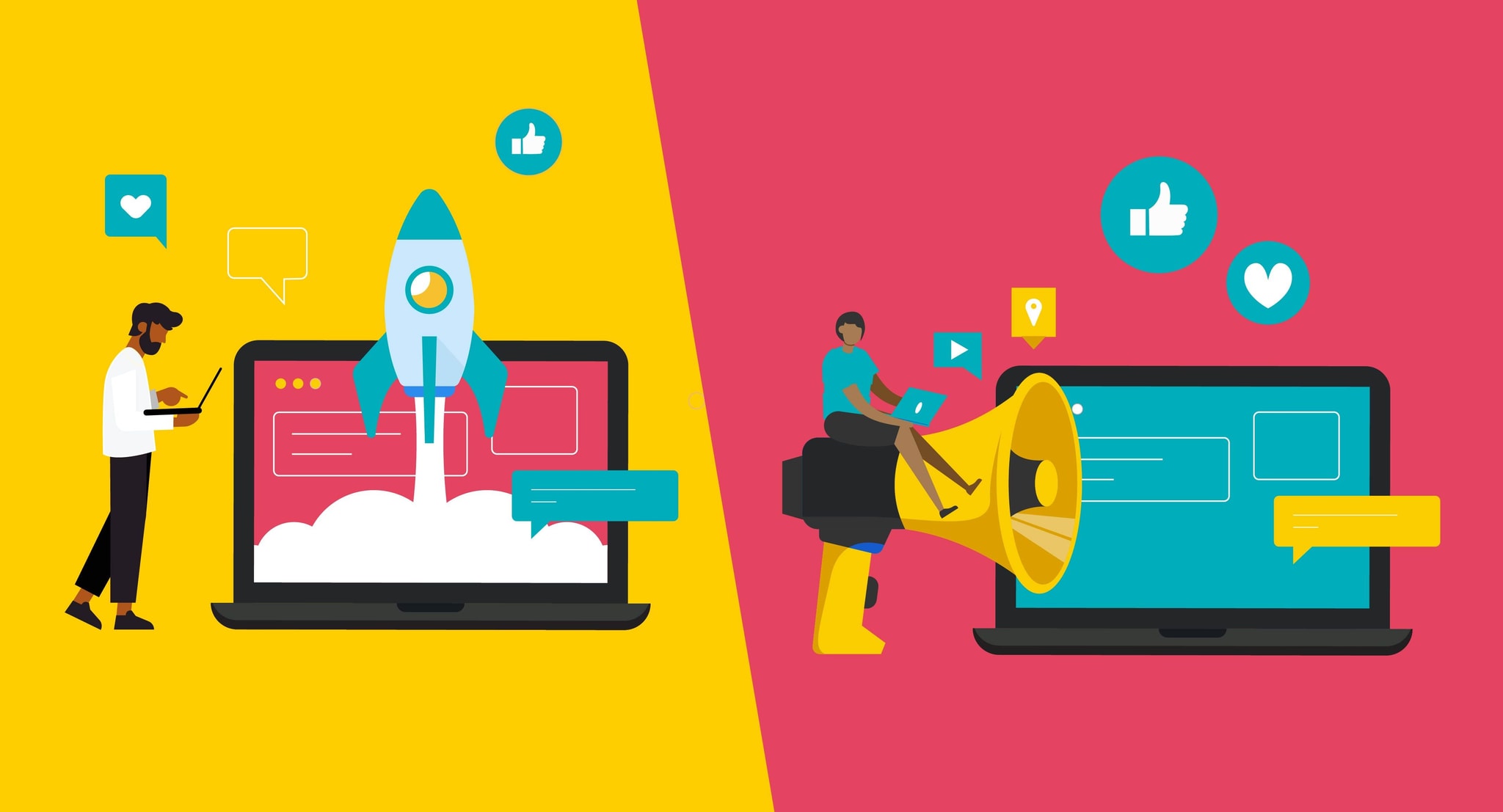
The Key Differences Between Boosted and Paid Media
Thinking of growing your business using Facebook? Find out how boosted posts and paid media can help you take your business to the next level
BY Sarah Heron
Table of Contents
- Introduction
- Why Should I Advertise on Facebook?
- You Want to Extend Your Reach
- You Have Little Experience with Digital Marketing
- You Have Business Goals to Reach
- You Want to Drive Engagement
- You Want to Widen Your Research Net
- Boosted Posts vs Paid Ads
- Boosted Posts
- Facebook Ads
- Choosing Your Ad Placement
- Setting Specific Ad Objectives
- Choosing Your Creative Direction
- When Should You Boost and When Should You Pay?
Does social media have you feeling a little stumped lately? It's all pay that and boost this and that doesn’t even cover the whole algorithm fiasco.
If you're feeling overwhelmed by growing your business on social media, we have one piece of advice: go for it. Everybody else is.
Every day small businesses are rocking the online advertising space – and they probably started with little to no experience, too. You've taken an excellent first step, and by the end of the article, you should have a well-rounded understanding of Facebook advertising and how it can take your business to the next level.
Why Should I Advertise on Facebook?
Considering that Facebook is going 2.89 billion monthly active users strong, you couldn’t find a more versatile pool to target. There are plenty of reasons people advertise on Facebook – from conversions to website clicks to brand awareness.
Your reasons for using paid ads or boosted ads on Facebook will strongly influence the type of ads you choose to run, which we’ll talk about later on.
You Want to Extend Your Reach
You have a cool brand going and you think more people should know about it (we think so, too). Naturally, you’ll turn to Facebook. Regardless of whether you’re an active user yourself, you can’t dismiss the potential for growth because you’re sick of Aunt Eleine’s conspiracies and engagement number 67.
After all, Facebook ads are designed to have a potential reach of 2.18 billion people.
You Have Little Experience with Digital Marketing
Facebook levels the playing field. It disperses the power and influence held by massive advertisers and gives everyday business and brand owners the same marketing leverage.
To put it into perspective, more than 200 million businesses use Facebook's free business tools, including boosted and paid ads. Not all of those businesses are looming corporates – a lot of them are small local businesses that are using the power of the internet to drive traffic to their product or service.
Who says you can’t do the same?
You Have Business Goals to Reach
Your marketing strategy and your business goals are forever linked. Whether you have goals to turn the revenue dial, expand market reach or boost your conversion rate, marketing is a part of your strategy to get there.
Of all paid advertising platforms, Facebook ads provide the highest return on investment (ROI) among all paid advertising channels.
That should give you a sense that people are getting their money’s worth on Facebook advertising, and so can you.
You Want to Drive Engagement
If you’re looking to cast your net far and wide, how does 59% of the world’s social networking population sound?
Facebook has the highest numbers on engagement across all other social media platforms, making it a fantastic choice for marketers looking to improve how audiences interact with their brand.
Facebook is a great space to create groups and communities, and people love to interact. If you can create a conversation amongst your audience, you’re already streaking ahead of the rest.
You Want to Widen Your Research Net
These days, you don’t want your chosen marketing platform to just spew out your campaign and that’s it. You want extra insights and analytics – and rightfully so!
A smart Facebook marketer utilises the research capabilities has to offer.
You can find out everything there is to know about your consumer: where they come from, what their family structure is and what posts they like on their feed.
Boosted Posts vs Paid Ads
Boosted Posts
Boosted posts are a natural first step because:
1) they’re incredibly simple and;
2) they’re effective for boosting engagement on your post.
Don’t be mistaken: a boosted post will still cost money, just as a paid ad does. It will also be released to the public as an ad for the sake of transparency. When you boost a post, it appears on your audience’s News Feed just as they would see any other status update or brand ad.
The cool thing about boosted posts is that you can boost posts that are already on your newsfeed and that you have already flagged as high performing. The post will then be extended to a wider audience which ultimately means it will be seen by more people and ideally receive more engagement.
Boosted posts are ideal for page engagement, website clicks, and small local businesses.
Facebook Ads
Paid ads or Facebook ads are more complex than boosted ads because they offer a lot more options for running a campaign and tools for reports and insight. All paid media is managed through Ad Manager, and it’s often revered for its advanced customisation solutions.
In the 4th quarter of 2020, Facebook made a call that confirmed that its total advertising revenue was $20.7 billion.
Obviously, people see value in the tools on offer and are willing to spend cash, big time. Most marketers turn to paid ads when they want to promote an app install, gain website conversions or collect product/shop orders. They also work really well for video views.
Choosing Your Ad Placement
Paid ads differ from boosted posts in the sense that you can choose your ad placement depending on your business or marketing goals.
You could choose to place your ad over to Instagram (including stories), Facebook Messenger, Mobile and Desktop News Feeds, and News Feed side ads. It all comes down to how you want your audience to come across your content. When you set up your campaign, Facebook will recommend certain placements based on what you have told them.
Paid ads also let you optimise your ad placement for mobile and desktop, which is helpful considering that mobile ads generated 94% of ad revenue in the second quarter of 2019.
Setting Specific Ad Objectives
Before you run a campaign, you’ll need to polish up on your business goals. What is it that you want this ad to do for you and your customers? When this post reaches somebody, how should they take action?
On the Facebook Ad Manager, you can put objective filters on your boost. With a boosted post, Facebook assumes your objectives based on the post type and previous engagement. On the other hand, in a paid ad, you have the flexibility to choose the aims of your ad.
There are three main groups you’ll need to choose from: Awareness, Consideration and Conversion.
Awareness covers two brand objectives: reach and brand awareness. This would be a good filter for somebody who wants as many eyes as possible on their brand.
Traffic, lead generation, website views and messages fall under Consideration. The Consideration bracket is ideal if you’re looking for likes, comments and shares or directing customers to app installs.
Conversion objectives include conversion, store traffic, and catalogue sales. You can show off your products and incorporate a compelling call to action. This is equally useful for driving people to your online store and for promoting your brick-and-mortar store (and yes, people really do shop on Facebook. In fact, consumers are 50% more likely to make a purchase from a brand they engage with on Facebook compared with any other social platform).
Choosing Your Creative Direction
Paid ads can take many forms – all decided by you.
You know how best to display your product (if you don't, Ad Manager lets you do mockups in different ad placements), and you should have total control. Paid Ads let you choose between:
- Photo ads that fit seamlessly into the News Feed like a status update
- Carousel ads, where pictures of your product will flow through up to 10 pictures with different captions.
- Slide show ads that send viewers straight to your landing page.
- Video ads to put some motion into your brand.
Sidenote: These are the posts that often appear as promoted posts while you’re going about your day scrolling through your social media.
When Should You Boost and When Should You Pay?
Knowing when to boost and when to pay is a common question, and it all comes down to one thing: what are you hoping to get out of the platform?
You can’t set out specific ad objectives with a boosted post, but that doesn’t mean they can’t align with your strategy. If you're after engagement and brand awareness, it’s a natural first step.
Paid posts are for when you need to get specific and incredibly targeted – you know who you want to reach, and you want to find out more about how to reach them.
One thing to keep in mind: remember the place that you're directing your audience to. Most likely your own Facebook Business Page, right? Before you start advertising on Facebook, check out this article on How to Create a Business Page on Facebook!
So go on, take your business to the next level.
